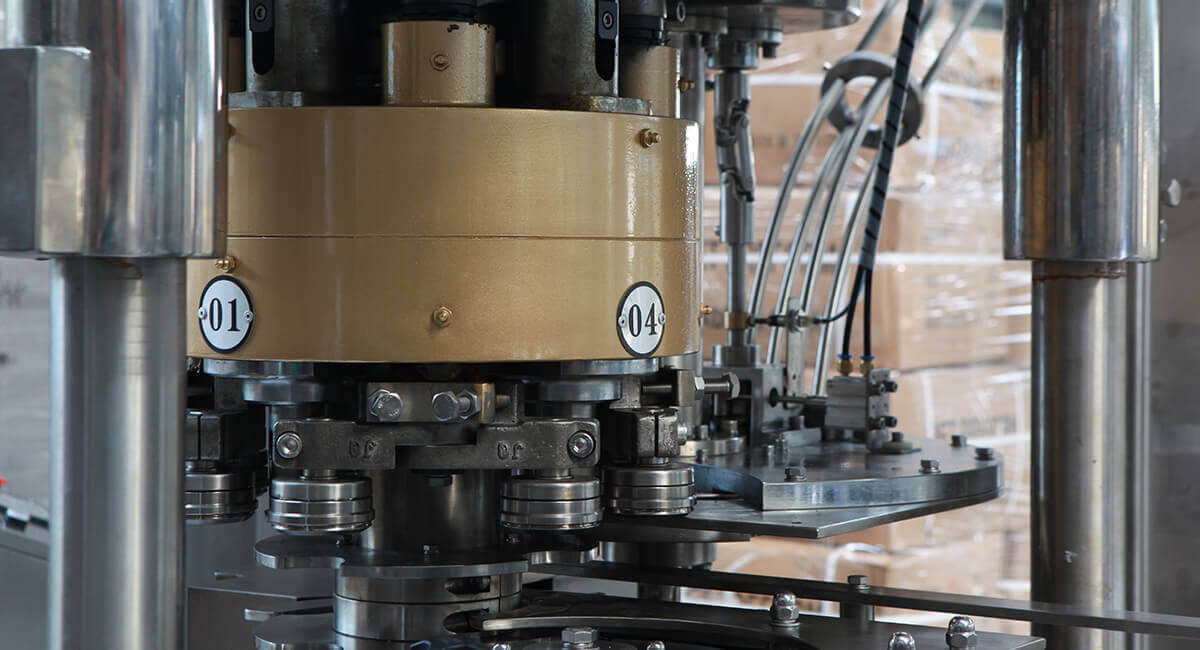Advanced Liquid Package Solution
Liquid filling machines are essential in various industries for accurately and efficiently filling containers with liquid products. These machines are designed to handle a wide variety of liquids, from beverages and oils to pharmaceuticals and chemicals. Understanding how these machines work can help businesses optimize production, reduce waste, and ensure product consistency. In this article, we will delve into the working principle of liquid filling machines and explore the different types and factors that affect their performance.
A liquid filling machine consists of several key components that work together to fill containers accurately and efficiently. The basic components include:
Filler Nozzles: These are the dispensing heads that release liquid into the containers. Nozzles can vary in design, depending on the type of liquid being filled and the type of container.
Pumps: Pumps are responsible for moving the liquid from the storage tank to the nozzles. Different pumps are used based on the viscosity and flow characteristics of the liquid.
Control Panel: This allows the operator to control the machine's settings, such as fill volume, speed, and other parameters.
Conveyor Belt: The conveyor belt moves the containers into place beneath the nozzles for filling and transports them to the next stage in the production process, such as capping or labeling.
These components work in unison to ensure that the liquid is dispensed accurately into each container, minimizing waste and maintaining consistency.

The working principle of liquid filling machines varies depending on the type of machine and the method used to fill the containers. However, most liquid filling machines operate on one of the following basic principles:
Gravity Filling: This method uses gravity to fill the containers. The liquid is stored in a tank positioned above the containers, and it flows down into the container when the valve is opened. This is ideal for thin liquids like water or juice.
Pressure Filling: In pressure filling systems, liquid is pushed into the container by air or gas pressure. This method is often used for thicker liquids or for products that need to be filled under pressure, such as carbonated beverages, to prevent foam or loss of carbonation.
Piston Filling: A piston filling machine uses a piston to draw liquid into a cylinder and then forces it into the container. This is typically used for thicker liquids or products that need precise volumes, such as syrups, gels, or oils.
Volumetric Filling: In volumetric filling, the machine dispenses a specific volume of liquid into each container. This is usually done using a piston or a pump that is calibrated to release a precise amount of liquid, ensuring accuracy across all containers.
The machine’s control system monitors the fill level, and once the container reaches the predetermined volume, the valve or nozzle closes, stopping the flow of liquid.
Liquid filling machines can be classified into several types based on automation level and application:
Automatic Filling Machines: These machines are fully automated and are ideal for high-volume production. They handle the entire filling process, from container placement to filling and capping, without human intervention. They are commonly used in industries such as beverages, cosmetics, and pharmaceuticals.
Semi-Automatic Filling Machines: These machines require some manual intervention, such as placing containers and initiating the filling cycle. Semi-automatic machines are often used for smaller production runs and for products with varying viscosities or filling requirements.
Manual Filling Machines: These are the most basic type of filling machines and require the operator to manually fill containers. They are typically used for low-volume production or for specific applications that do not require high-speed automation.
Each type of machine is suitable for different industries and production volumes. For example, automatic machines are preferred for high-speed beverage filling, while semi-automatic machines might be better suited for cosmetics or small-batch production.
Several factors can impact the performance of liquid filling machines. These include:
Liquid Viscosity: Thicker liquids, like oils or syrups, require different filling mechanisms, such as piston or pressure filling, to ensure accurate dispensing. Thin liquids, like water or soft drinks, can be handled with gravity filling.
Temperature: The temperature of the liquid can affect its viscosity. For example, hot liquids may flow more easily than cold liquids, which could require adjustments to the machine's settings for optimal performance.
Foam: Foaming liquids, such as carbonated beverages, require special filling techniques (like pressure filling) to avoid foam spillage and maintain product quality. Machines for carbonated beverages often have built-in pressure control to prevent foam from forming.
Maintenance: Regular maintenance is critical for consistent performance. Ensuring that the pumps, valves, and nozzles are clean and functioning properly helps reduce downtime and ensures accurate fills. Routine inspections and maintenance can also extend the machine’s lifespan.
When selecting a liquid filling machine, it's essential to consider the type of liquid being filled, the required filling speed, and the production volume. For thin liquids, gravity or volumetric filling machines may be sufficient, while thicker liquids may require piston or pressure filling systems. Understanding the working principle of liquid filling machines and the factors that affect their performance will help you make an informed decision and ensure the efficiency and accuracy of your filling process.
By selecting the right machine and keeping it well-maintained, you can optimize your production line, minimize waste, and produce consistent, high-quality products.

By continuing to use the site you agree to our privacy policy Terms and Conditions.